Climbing Mount Ararat was a dream of mine since childhood! I would stare at the picture posted above the chalkboard exactly in the center of the room at Armenian School and think, “Why are we just looking at? Why can’t we climb to the top?”
I have been blessed that my life has taken me to nearly 60 countries where I connected with Armenian communities in South America, Europe, the Middle East, Asia, and Australia. Our language, food, and music connected us as well as the internal belief that “Ararat is Armenian”. Over time the voice that questioned why I was starring at a picture became louder, and with each trip to Armenia began to scream “why not? when?”
My “when” was presented to me in May 2015 when I learned that the Armenian Hikers Association (“AHA”) from Los Angeles was organizing a group to depart in July. I immediately responded and invited myself to join them. The trip was literally weeks away and there was no time to waste in preparing.
I am an active person and at the time I was a rower on a crew team. Without a mountain close by to altitude train, I attended multiple spinning classes a day to increase my cardiovascular capacity. Just as past climbers said to me, “There’s nothing that can truly prepare you for the experience ahead.”
Being an Armenian in Turkey is a significant part of the experience that one cannot really prepare for other than having your attitude open to the experience. This was my third trip to Turkey, second to the interior, and first time with Armenians. With each trip I acknowledged the past and always struggled with ways to move forward.
Our journey to Ararat departed in Yerevan where we drove through Georgia and entered the northwestern Turkish border just outside of Kars. From Kars we drove to Beyzit, a Kurdish occupied town that looked like. Arevi Tours arranged all of the logistics; Gevorg and Martin were our steady and experienced guides navigating us to the summit.
Our trip to the summit lasted 3 nights and 4 days. There were two base camps along the mountain, which served as our mountain home. At each camp we had our own designated main tent that served as our kitchen, living, and dining room. At each camp pipes from the summit ran down to provide melted snow as water for drinking and washing. The water was crisp and fresh and perhaps the best water that I drank in my life. We had a local Kurdish guide who prepared our meals and entertained us with song and dance at night.
Our itinerary to the summit was a carefully organized agenda to allow for acclimatization and also enjoyment of the experience. Our first day we hiked to the base camp. Our second day was acclimatization in which we hiked to the second camp to allow our bodies the opportunity to adjust to 4,200-meter elevation and then return down. On day three we hiked to camp 2 and prepared for our summit to the peak at 1am the following day.
Our journey to the summit would involve increasingly steep terrain followed by hiking up the snow and ice covered mountaintop with the use of crampons. Company on the mountain included a group of German tourists and Iranian friends from Shiraz.
On our last day the journey to the summit began at 1am. The plan was to reach the summit for sunrise. In the dark of night the temperature was near freezing as we began out ascent. The path was narrow and every 45 minutes we would break on small ledges all huddled together behind a boulder. Upon reaching the snowcap, just as we put on our crampons and prepared for the last leg, the weather deteriorated significantly. Winds accelerated and visibility disappeared. For the next hour our brave guides led us on.
The Iranian group was ahead of us in the distance cheering and singing with joy. As their voices became louder, I knew that I had almost arrived! This humble group of strangers welcomed each and every one of us to the top with hugs and cheers. Every jumped up and down and screamed with joy as we celebrated where we were. In those moments at the top, it became very apparent that Ararat is not just a symbol for us Armenians. It has a greater significance shared by others and belongs to us all.
Upon reaching the summit, dreams of dancing and drinking cognac were replaced with hastily snapped pictures and videos to prove that we made it to the summit. Our guides rushed us down through the storm in what felt like 15 minutes. And then in an instant, it was over. We had reached the summit and it was time to return home. We woke up from our dream with an amazing memory!
The descent was the hardest part of the trip. Our legs were tired and we faced the race of reaching the bottom before the sunset. As we descended we wanted to stop, reflect, sing songs, and take in the overall experience of what we had just experienced.
My mind straddled two worlds. One side wanted to celebrate and enjoy the feeling of accomplishment. I wanted to sit on the side of the mountain and relish where I was and what had experienced. The sun was setting and the landscape glowed like amber. I wanted to reflect on all the effort and time that passed in order for me to reach that point safely and unharmed. I was literally a world away from home and steps from reconnecting to reality. It was time to put another dream on the horizon to begin to chase!
One of the biggest surprises of the trip was our experience with the local Kurdish community. They were warm and welcoming. Their faces were similar to our own, and when we told them that we were Armenian, they apologized for the past sins of their ancestors.
Rarely do we ask the people in our lives, “What is your dream?” Many of the people that I perceived to be close to me never knew that climbing Mt. Ararat was a dream of mine. It was a shocking revelation to me that I held such an important experience close to my heart for fear that their potential judgment or commentary would tarnish my own desire and interest in such a trip. And then it occurred to me that perhaps we never really ask our family, our friends, and ourselves what are our dreams from fear of judgment, criticism, and general discouragement.
Upon my return it became a mission to share the experience from the mountain with people of all ages. It’s been important to share how climbing Ararat is an attainable and worthwhile experience for Armenians and to invest serious consideration at pursuing. Some dreams in life are too important to let go and my four days on the mountain were truly the most incredible experience!
Note: this article was written as a follow up to Robin’s tour of Armenian schools and churches to share with local communities her experience climbing Mt. Ararat.
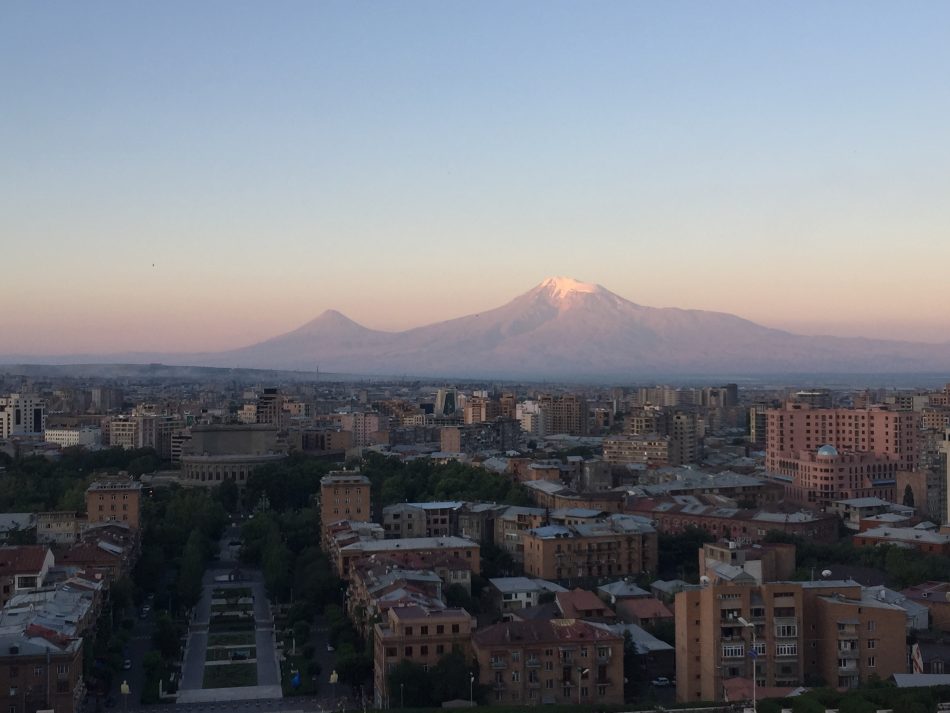
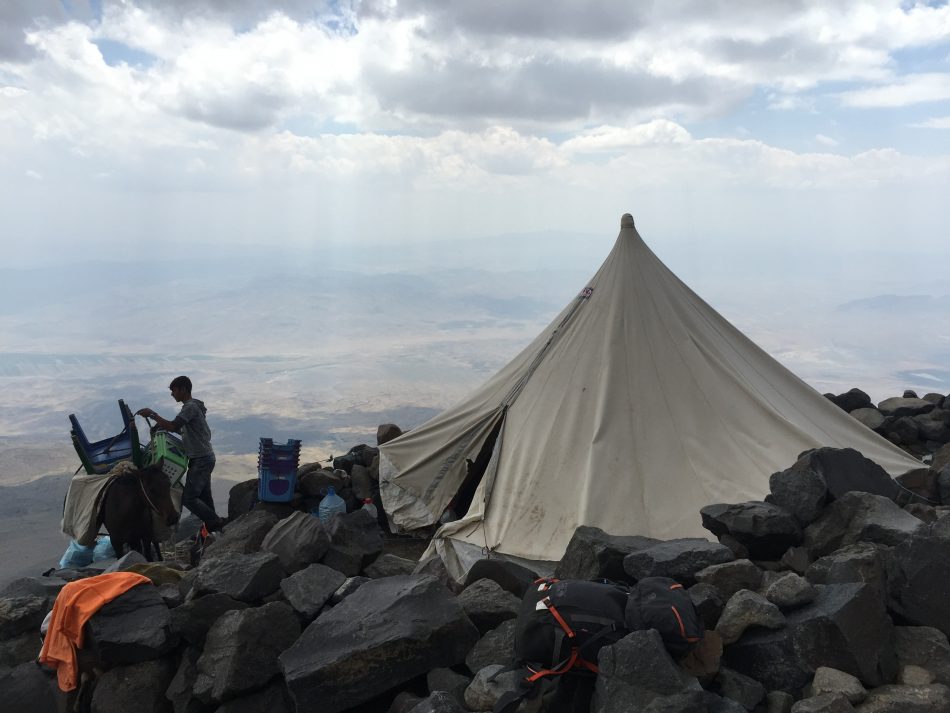
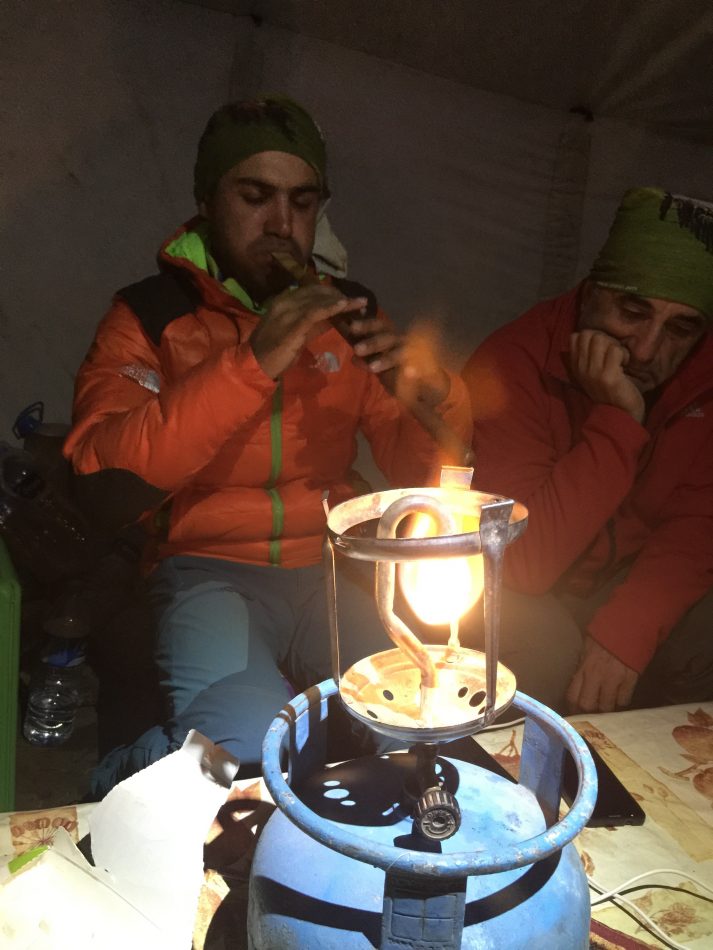
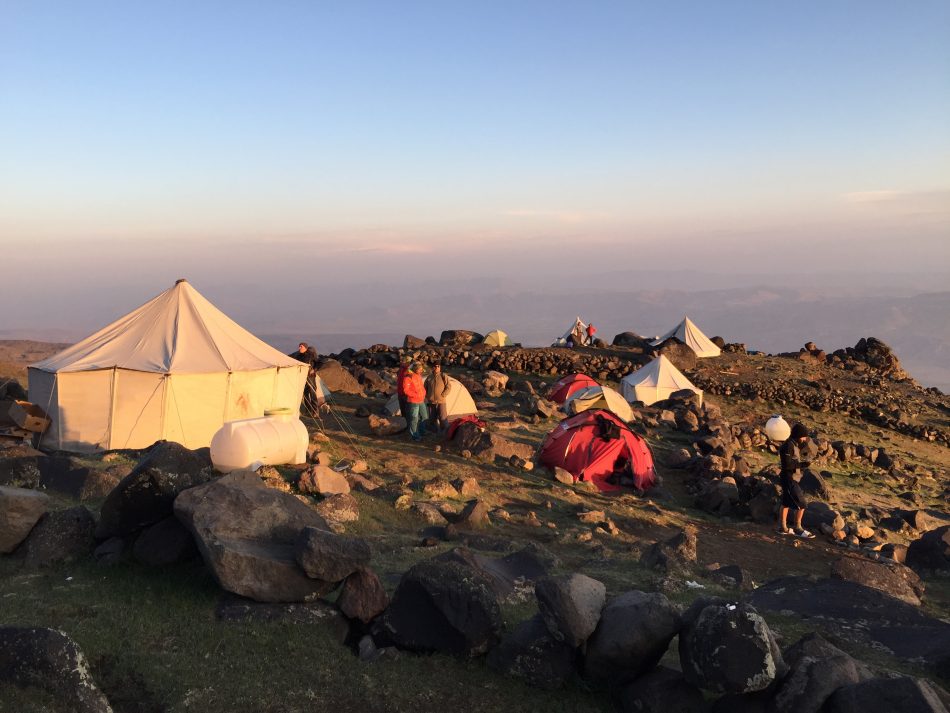
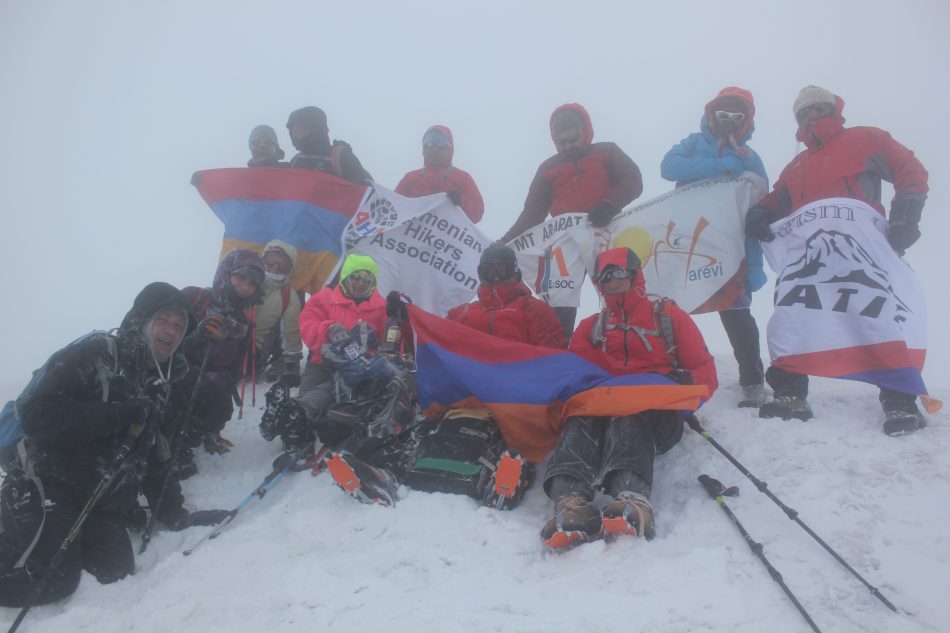
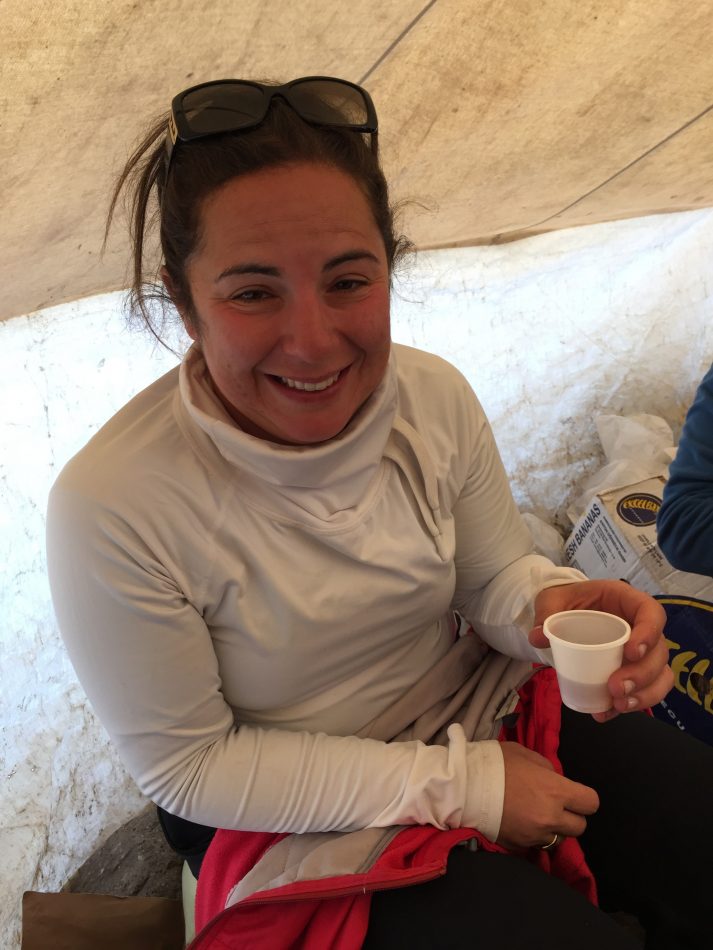
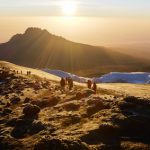
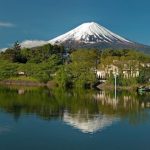

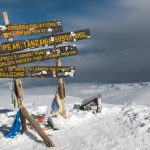

Excellent article, Robin. Fantastic pic’s. Wish we were there.
M & G
NYC, USA
After staring at Ararat many times last month – its so tantalizingly close yet so far for Armenians to visit. This looks like a fantastic climb – thanks for sharing Robin 🙂
Hello,i’m Amir Shahparast.
I want to come to Turkey from February 7, 2019 to February 13, 2019 to climb Ararat peaks.
Please tell Permit and all expenses of this program.
Thanks
Climbing Mount Ararat provides a fascinating glimpse into the adventure of scaling the highest peak in Turkey. The author’s account of the climb is vividly described and offers a unique perspective on the challenges and rewards of the experience. It was interesting to learn about the various precautions that climbers need to take to ensure their safety, such as acclimatization to the altitude and the proper gear. Additionally, the article highlights the role of the local government in promoting tourism in the region and ensuring the safety of visitors. Overall, it’s an excellent read for anyone interested in adventure and travel.